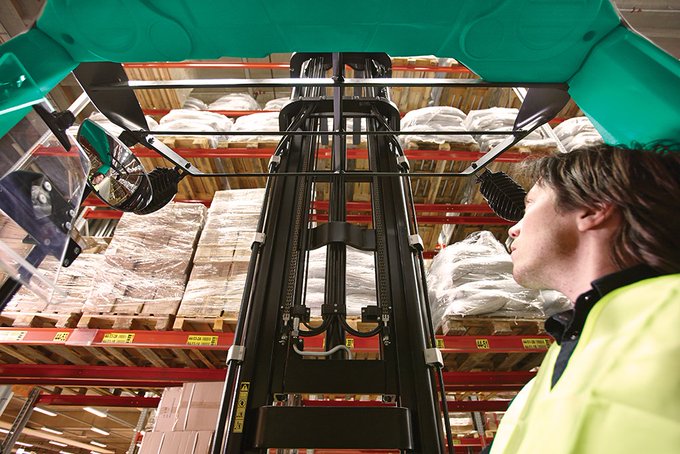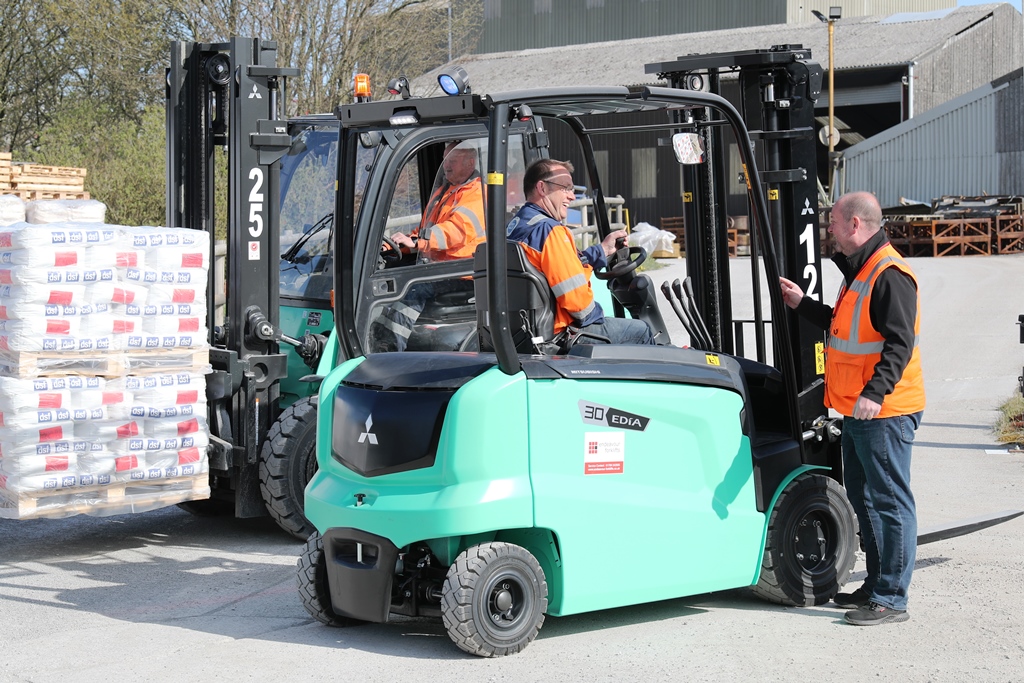As the lockdown procedures for Covid-19 continue around the world, food retail supply chains are grappling with a ‘new normal’ after huge spikes in demand left some shelves bare. As the dust is starting to settle many industry experts and commentators have been speculating what future supply chains may look like, and in turn what this might mean for the amount of warehouse space needed to operate those supply chains.
It is easy to jump on the good news story – that more near-shoring requires more warehouse space – but, the reality is much more nuanced, and any property impact will take many years to be realised.
What are the current supply chain drivers that could see the demand for warehouse space rise? But, could operational realities temper take up?
Stockholding and peak support changes
Supply chain impact – There is likely to be an increase in short term, and it’s also possible in the long-term levels of stockholding will increase the demand for space. For instance, in the short term, fashion retailers maybe unable to sell the full quantities of spring/summer 2020 product via their now limited sales channels. We may also see the stockpiling of goods that have seen high demand during this period in expectation of future disruption, e.g. PPE, medical equipment and toilet roll. In the longer term, businesses will be reviewing their continuity plans with a focus on supply chain resilience and considering whether, for example, a single warehouse serving their customer base is too risky compared to a multiple stockholding solution.
Real estate impact – We are already seeing requirements from retailers searching for space to store inventory that is due to arrive in the UK but is unlikely to be sold in the short term. We expect some landlords will be prepared to offer short term leases to accommodate these requirements. Should retailers consider a multiple stock holding solution we could see retailers take more units, but of a smaller size, to distribute their inventory accordingly. Should the government decide to stockpile protective equipment it is likely a number of large facilities would be required, although these could easily be in more remote locations to save cost and given the infrequency of need.
Grocery home delivery
Supply chain impact – There has been a step change and continued impact on home delivery of groceries with a 12% uplift YoY recorded during the first few weeks of the pandemic. Businesses will be asking if this is the new normal – will behavioural change stick – and if so how will this impact their supply chains? Another impact might be a change in home delivery pricing; now that more people see its value, retailers could seize the opportunity to introduce charging and no longer make a loss on home delivery operations.
Real estate impact – The potential impacts will be far reaching if grocers decide to emulate a fulfilment centre model similar to the likes of Ocado, or indeed the drop density intensifies so much so that more dark stores become viable. However, in the short to medium term we anticipate that Ocado will justify more facilities due to their integration with Marks and Spencer whereas other retailers will look to increase in store picking to cope with additional demand. It is also likely that some of the grocers will look to implement in store automation that will reduce manual nature of picking for online orders. This would use underutilised retail space so would not interact with any consumers instore.
A return to nearshoring
Supply chain impact – With supply chain resilience in sharp focus there could be a move to bring manufacturing and inventory closer to home to reduce the impact of future global disruption. If so, we could see UK manufacturing carrying lower levels of stockholding due to shorter lead times being achievable over shorter distances.
Real estate impact – A manufacturer could be holding 8 weeks’ worth of inventory for components being sourced from around the world. This could be lowered to around 2 weeks if the product was being sourced locally. While the manufacturer would therefore need less warehouse space to store that inventory conversely their suppliers may need more space as they are being asked to hold product that they have not been asked to previously.
Increase in automation
Supply chain impact – The impact of Covid-19 has highlighted the issue of labour availability, and with Brexit also on the horizon businesses will be considering how they mitigate this risk in the future. As such we expect to see an increase in the rollout of automation solutions. However, the amount of automation experience in the supply chain sector might be a limiting factor in how quickly it can be introduced, and the knock-on impact to warehouse requirements.
Real estate impact – The availability of power was already a limiter to the ability to deploy warehouse automation. Should an increase in the amount of automation occur then energy availability will become a critical driver for occupier requirements. Building design will also be impacted as occupiers look to utilise the cube in a much more efficient way, which will have knock impacts for specification including floor loadings and the column grid.
Collaboration
Supply chain impact – We’ve been talking about “white fleet” vehicle fleets since the 1990s and the last financial crisis gave rise to increased collaboration in transport. However, will this crisis see even greater levels of collaboration and co-operation in the supply chain? At times like these people realise that the logo on the side doesn’t matter as long as the journey is of value. Could increased collaboration in storage and warehouse operations and the concept of consolidation centres result in a net decrease in take up?
Real estate impact – Shared user warehouse facilities are already run by many 3PL’s who often suggest that making profit from such facilities is challenging. We think it is unlikely that we will see competing retailers or manufacturers actively sharing space. More likely will be the continued evolution of the flexible space market where companies can take space on highly flexible terms to suit their operational requirements.
Conclusion
It’s clear that the dynamics in this new normal are changing rapidly, and it’s hard to call exactly where things will land. But there’s no doubt COVID-19 will have a lasting impact on the overall infrastructure of our supply chain operations for decades to come.




